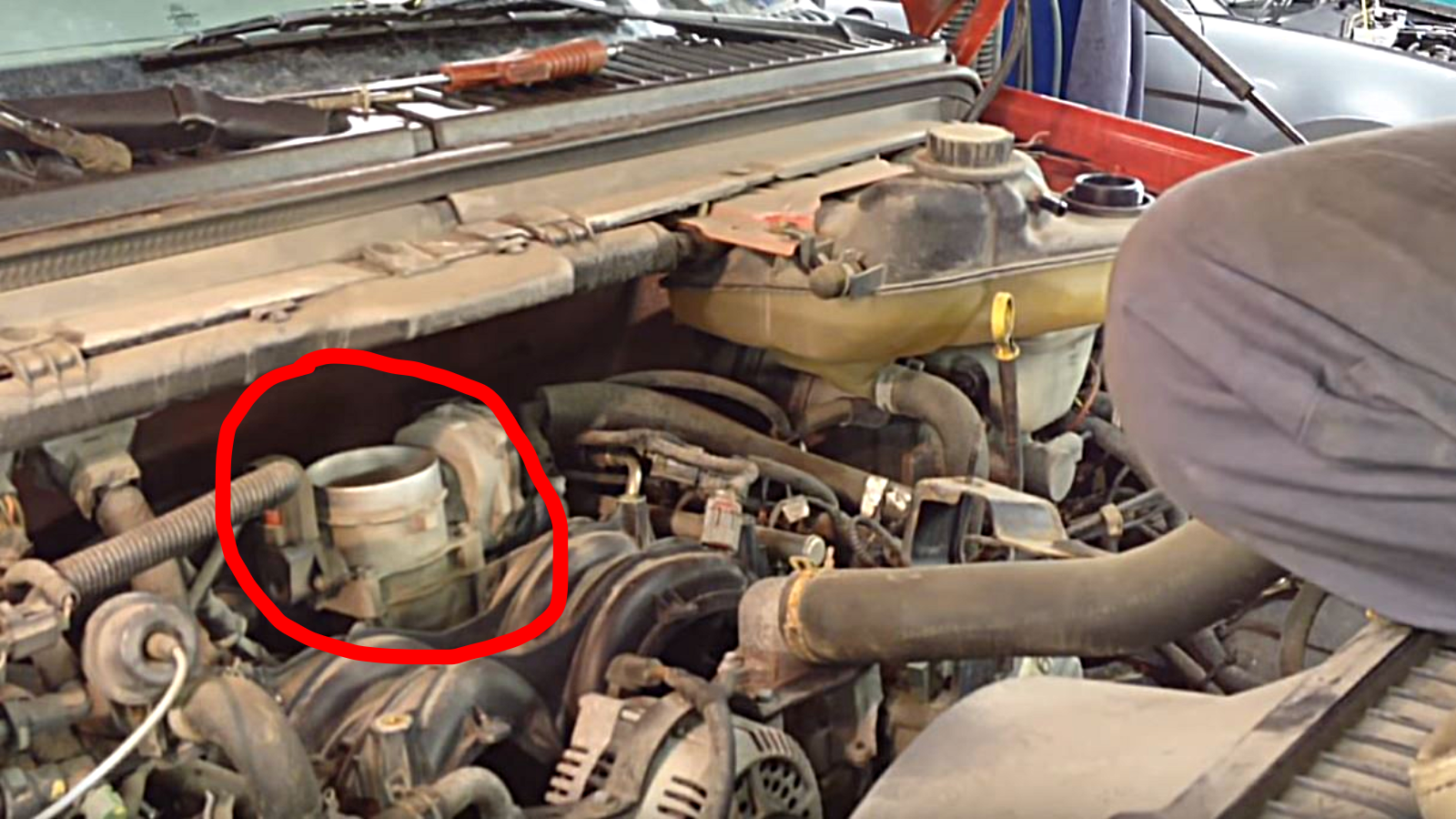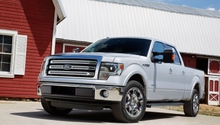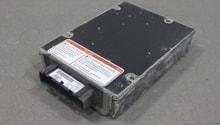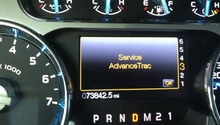Ford F-Series: Why is My Yellow Wrench Light On?
Illuminates when the system has detected a powertrain or an all-wheel drive fault. Contact an authorized dealer as soon as possible.
This article applies to the Ford F-Series (2004-Present).
Today’s vehicles are very sophisticated. They can warn us in advance of potential problems. The more sophisticated vehicles become, the more systems they have that can potentially fail. By being alerted with a warning light, you may avoid a breakdown or potential system failure. Most of the time the warning does not result in a costly repair or a serious problem. The problem can be as simple as a leak in your windshield seal. It doesn't mean you have to spend a lot of time and money seeking a diagnosis. In this article, we address the yellow wrench warning light, how to diagnose what is going on with your truck, and the steps you can take to fix it.
What does the Yellow Wrench Light Mean?
The wrench light in the Ford F-Series trucks is very similar to a check engine light. When the wrench light comes on the vehicle may go automatically into limp mode, which limits the capabilities of the engine and transmission in order to reduce mechanical stress on the possible failing components. The wrench light will come on due to low voltage in your system, low boost, abnormal temperature differences between the block and cylinder head, or faulty oil cooler. Most of the time it's associated with some sort of maintenance that needs to be done on your truck. Other times it can signal a powertrain or an all-wheel-drive fault. The wrench light will trigger fault codes in the computer memory which you or a technician can retrieve to further diagnose the issue.

Step 1 - Use a Code Scanner to Detect Problem
If you have an OBD2 Scan tool, use it to determine what codes come up. If you don't have a scanner and don't want to spend any coin to get one, you will need to visit your local Ford service center or another automotive shop such as Pep Boys or Autozone to run a diagnostic test. If a code comes up, then you can address the issue head-on. Some Ford truck owners have reported that no codes come up at all and that the wrench light is a "ghost." This is not unheard of, but that doesn't mean you are in the clear. If you do not get any codes after running a diagnostic scan, proceed to the next steps.
Pro Tip:
If you get a warning light, take your truck in before you possibly get stranded. Never, never clear codes.
Step 2 - Check Powertrain Control Module
If you find that your engine is stalling or misfiring, failing to start, or suffering poor fuel economy, it's quite possible that you could have a bad or failing Engine Control Module (ECM) or Powertrain Control Module (PCM). The PCM serves as the main computer for many of your truck's engine performance and drivability functions. It takes the information gleaned from the engine's various sensors and uses that information to calculate and tune engine spark and fuel for maximum power and efficiency. When checking the PCM, look for problems with the wiring and connectors. The wires should be fully insulated without breaks. The connectors should be clean with no bent pins or connector blades. Check for water damage. If water has gotten into your PCM it can short circuit or set up irreversible corrosion. Thermal stress and vibration can form microcracks in circuit boards (which are repairable).

Step 3 - Replace the PCM
Replacing a PCM is essentially a matter of swapping boxes. Accessibility can be a problem on some vehicles because the PCM is often buried under or behind other components in the instrument panel, climate control system or console. Some are located under a seat and require removing the seat.
If you are planning to do the work yourself, please follow the steps in How to Replace Power Control Module. The cost to replace your PCM can be anywhere between $400 and $1,500.Pro Tip:
Be sure to disconnect your truck's battery before removing your PCM.
If replacing the PCM solves your problem, congratulations. But if the yellow wrench light comes back on after the install, move on to Step 4.
Step 4 - Check Electronic Throttle Body
Check the Throttle Position Sensor (TPS) and Electronic Throttle Body (ETB). It could be that it's stuck open or needs a thorough cleaning. First, you will need to locate it. For the F-Series trucks, you can find it behind the air box. Pull off the air intake snorkel. You will need to remove one bolt. Then blow dirt off the entire area to prevent dirt from falling into the engine. Release the MAF sensor, which is connected to the air box housing. Remove the four bolts holding the air box down. Once the airbox is removed, you will be able to see the ETB (in white, below)

For more information, on How to Test a TPS, please read this thread in the Ford-trucks.com forum.
For more information on How to Clean Your Throttle Body, please read this article.
Step 5 - Replace Transmission Fluid
It's a long shot, but it might work. It has for some. Just be sure you use the recommended transmission fluid which you can find in your Users Manual. However, if you are still seeing yellow wrenches on your dash console, it's time to move onto Step 5.
For step-by-step instructions on How to Change Your Transmission Fluid, please click here.
Step 6 - Replace the ETB
Since the Electronic Throttle Body is already exposed, follow these steps to remove and replace it with a new one:
Related Thread: Electronic Throttle Body Replacement
Related Video: Ford F150 F250 5.4L 3v Electronic Throttle Body Replacement
Pro Tip
If you have an important professional tip or key piece of information that will help the do-it-yourselfer understand or survive this experience, then add it here in 1 to 3 brief sentences.
What if I Don't Act Fast Enough and My Truck Won't Start?
In some cases, your light might be going on and off intermittently over time. The best solution, of course, is to bring it directly to your mechanic or dealership service center. One forum member indicated that he arrived at the dealership only to find that the service center was closed. As he left the dealership, his truck died. The wrench and battery lights were illuminated. He could not get the truck to turn over. But he has a workaround for this:
- Remove the key
- Open your door
- Close your door
- Try turning the truck on again
It seems to reset the system and the truck will turn back on.
Related Discussions
- Wrench Light on Dash Came On - Ford Trucks.com
- Throttle Body Cleaning - Ford Trucks
- How to Replace Powertrain Control Module in Ford F-150 - Ford Trucks.com
- How to Replace Powertrain Control Module in Ford F-250 Super Duty - Ford Trucks
- Best Code Readers for Ford F-Series Trucks - Ford Trucks.com






